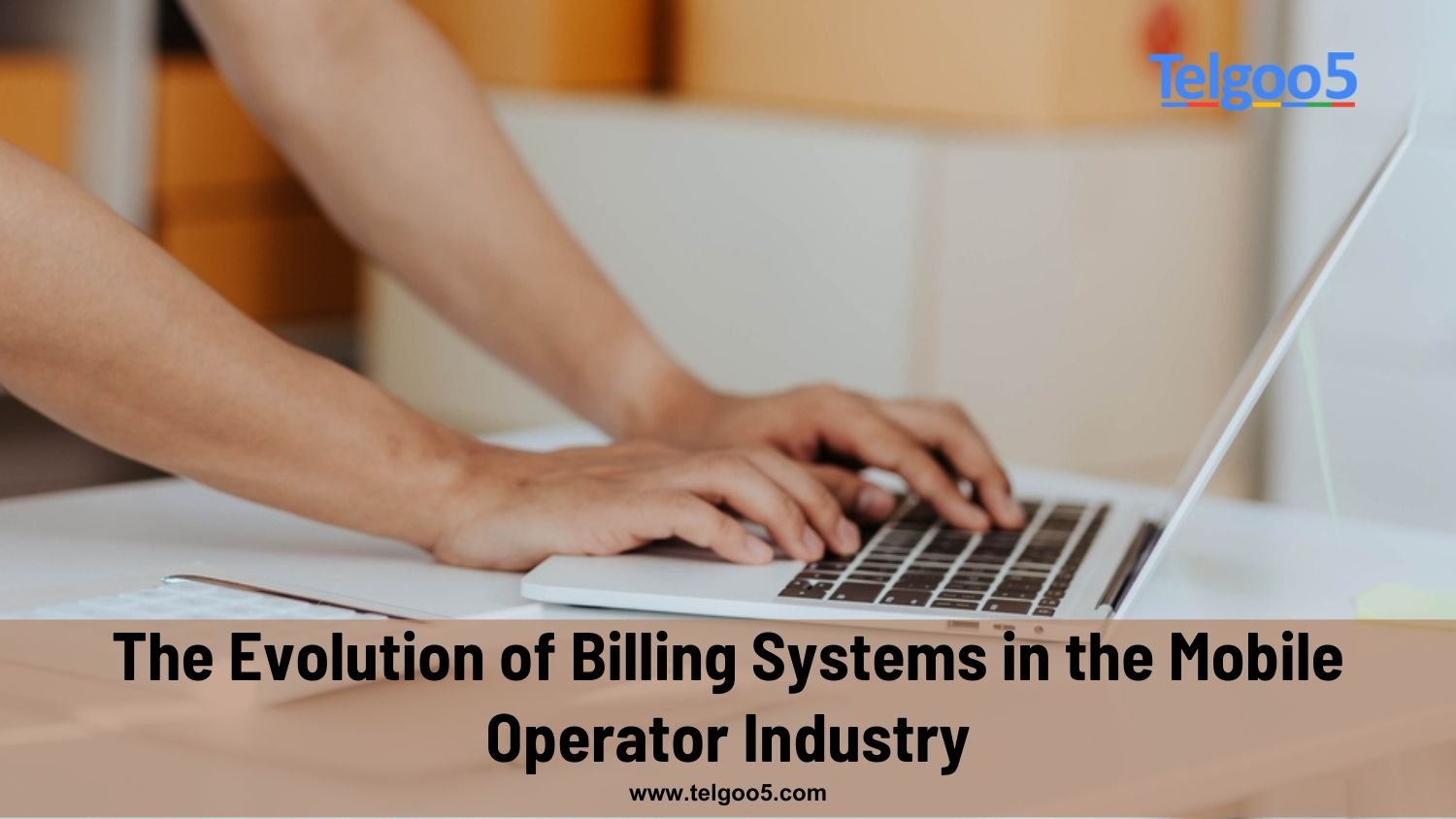
The Evolution of Billing Systems in the Mobile Operator Industry
Billing systems are the backbone of the mobile operator industry, ensuring accurate invoicing, revenue management, and customer satisfaction. This blog explores the top ten stages in the evolution of billing systems within the mobile operator industry. From traditional offline billing to advanced real-time systems, we delve into the key milestones that have transformed billing processes, enabling mobile operators to adapt to changing customer demands, technological advancements, and market dynamics.
Manual Billing Processes
In the early days of the mobile operator industry, billing processes were predominantly manual. Operators relied on physical paperwork, manual data entry, and labor-intensive processes to generate invoices and manage customer accounts. These manual billing systems were prone to errors, time-consuming, and limited in their capabilities to provide timely and accurate billing information.
Batch Processing and Billing Cycles
As the industry grew, mobile operators adopted batch processing techniques and introduced billing cycles. Billing systems were automated to handle large volumes of customer data, enabling operators to generate invoices and process billing information in batches. This improved efficiency and reduced the time required for billing operations, enhancing the overall customer experience.
Prepaid Billing Systems
The introduction of prepaid services revolutionized the billing landscape. Prepaid billing systems allowed mobile operators to offer pay-as-you-go plans, where customers could recharge their accounts in advance. These systems enabled real-time balance updates, call detail records (CDRs), and immediate charging for usage, providing customers with greater control over their expenses and promoting transparency.
Postpaid Billing and Rating
Postpaid billing systems emerged as mobile operators introduced subscription-based plans. These systems enabled operators to bill customers after they had used the services, based on predetermined rates and call durations. Advanced rating engines were introduced to accurately calculate charges based on various parameters, such as call duration, data usage, and value-added services.
Convergent Billing
Convergent billing systems integrated multiple services, such as voice, data, messaging, and value-added services, into a single billing platform. This allowed operators to consolidate billing processes across different service types, simplifying customer invoices and providing a unified billing experience. Convergent billing systems enhanced operational efficiency, reduced costs, and improved customer satisfaction.
Real-Time Billing and Charging
Real-time billing and charging systems revolutionized the industry by enabling immediate processing and charging for services. These systems provided instant updates on usage, allowing customers to monitor their balances and receive real-time notifications. Real-time billing systems also enabled operators to introduce innovative pricing models, such as dynamic pricing based on network congestion or personalized offers based on customer preferences.
Revenue Assurance and Fraud Management
To safeguard revenue and mitigate fraud, billing systems evolved to incorporate robust revenue assurance and fraud management capabilities. Advanced analytics and algorithms were deployed to detect and prevent fraudulent activities, ensuring accurate billing and protecting operators’ financial interests. Revenue assurance mechanisms helped identify revenue leakages and optimize revenue streams.
Billing Analytics and Business Intelligence
Billing systems evolved to provide comprehensive analytics and business intelligence capabilities. Operators could analyze billing data, customer behavior, and revenue trends to gain valuable insights and make informed business decisions. Billing analytics empowered operators to optimize service offerings, identify revenue growth opportunities, and enhance customer satisfaction through targeted promotions and personalized experiences.
Self-Service Portals and Customer Empowerment
Modern billing systems introduced self-service portals, enabling customers to manage their accounts, view invoices, and access real-time usage information. Self-service portals empowered customers to control their expenses, customize service plans, and resolve billing queries independently. This shift towards customer empowerment enhanced satisfaction, reduced customer support costs, and fostered long-term loyalty.
Cloud-Based and Scalable Billing Solutions
The latest evolution in billing systems involves cloud-based and scalable solutions. Cloud-based billing systems offer flexibility, scalability, and cost-efficiency, allowing operators to adapt to changing business needs and handle increasing data volumes. These systems provide enhanced security, disaster recovery capabilities, and seamless integration with other business systems, enabling operators to streamline operations and focus on core business objectives.
Conclusion:
The evolution of billing systems in the mobile operator industry has been driven by the need for accuracy, efficiency, and customer-centricity. From manual processes to real-time billing, convergent systems to cloud-based solutions, billing systems have transformed to meet the changing demands of the industry. These advancements have improved operational efficiency, enhanced revenue management, empowered customers, and enabled operators to thrive in a competitive market. As technology continues to evolve, billing systems will continue to adapt, embracing innovations such as artificial intelligence, blockchain, and advanced analytics to further streamline operations, enhance security, and deliver even more personalized billing experiences for mobile operator customers. The evolution of billing systems is a testament to the industry’s commitment to providing seamless, efficient, and customer-focused services in an ever-changing telecommunications landscape.
Contact us today to get a consultation!
Send us a message to get answers to any of your questions & we'll get back to you within 24-48 hours or as soon as possible.
